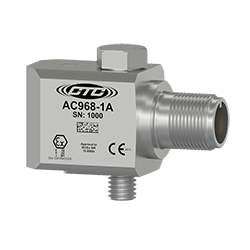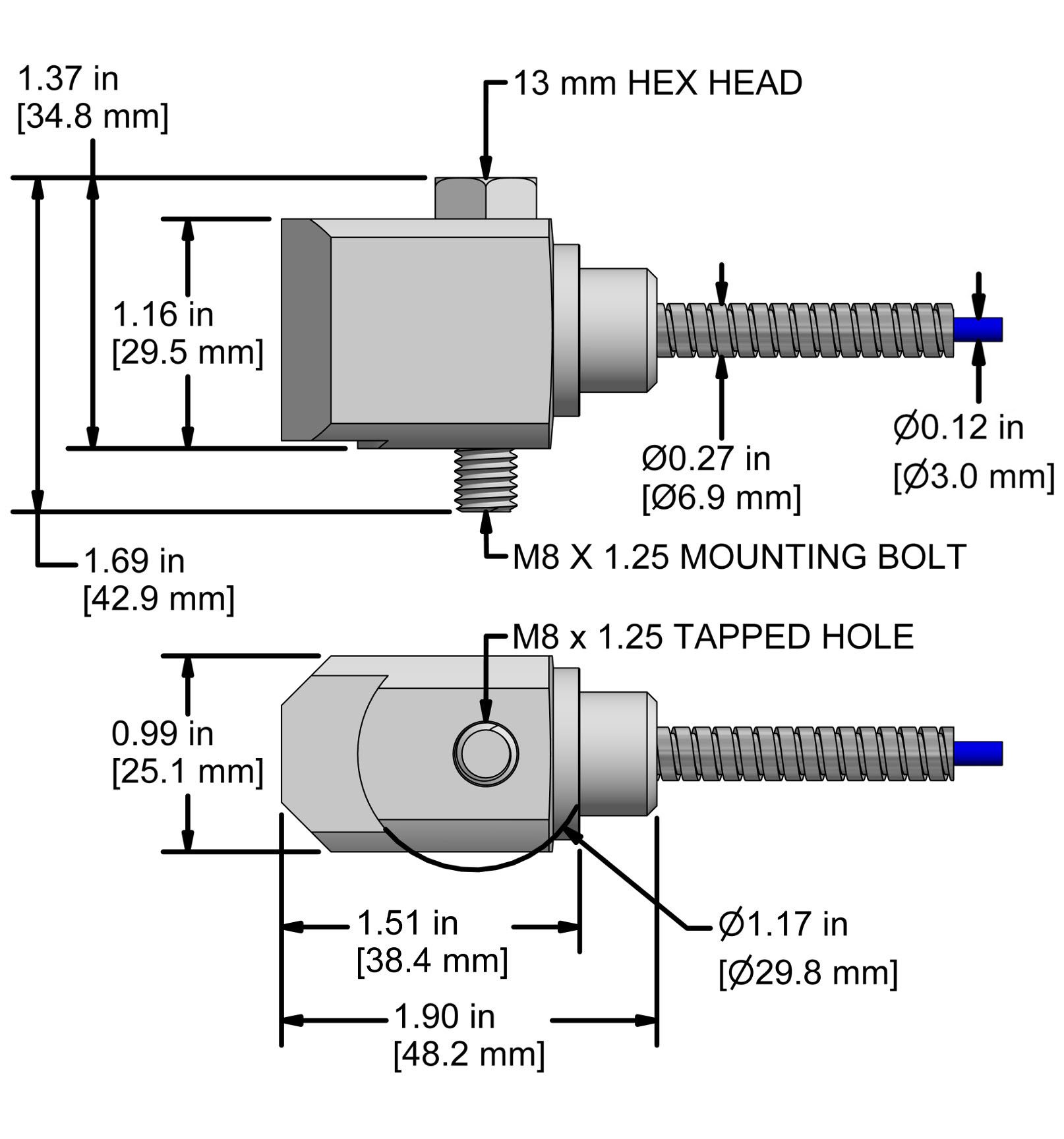

Regulatory Information
Ex ia IIC T3/T4
AEx ia IIC T3/T4
CLI Groups A, B, C, D
CLII Groups F, G
CLIII
Operating Temperature Code: T4
Ambient Temperature Range = -40 to 80°C
Operating Temperature Code: T3
Ambient Temperature Range = -40 to 125°C
AEx ia IIC T3/T4
CLI Groups A, B, C, D
CLII Groups F, G
CLIII
Operating Temperature Code: T4
Ambient Temperature Range = -40 to 80°C
Operating Temperature Code: T3
Ambient Temperature Range = -40 to 125°C
Ui = 28 Vdc Ii = 100 mA
CSA 221421
IECEx CSA 07.0001
Ex ia IIC T3
Ex ia IIC T4
Ex ia I Ma
ANZEx 18.4160
CSA 221421
IECEx CSA 07.0001
Ex ia IIC T3
Ex ia IIC T4
Ex ia I Ma
ANZEx 18.4160
AC968-1A
2 Pin Connector
| Connector Pin | Polarity |
| A | (+) Signal/Power |
| B | (-) Common |

Stock Product
AC968-2C
CB193 Integral Cable
| Conductor | Polarity |
| Red | (+) Signal/Power |
| Black | (-) Common |
| Shield | Cable Drain Wire |

Built To Order
AC968-3C
CB296 Armored Integral Cable
| Conductor | Polarity |
| Red | (+) Signal/Power |
| Black | (-) Common |
| Shield | Cable Drain Wire |

Built To Order
Typical Frequency Response


